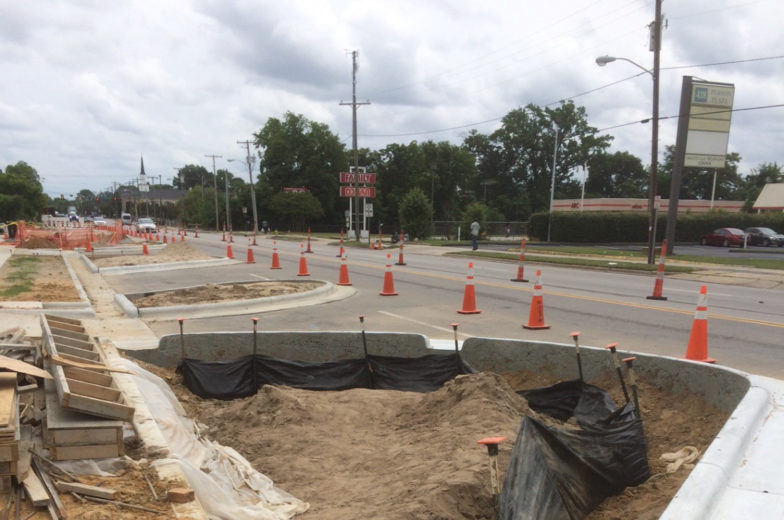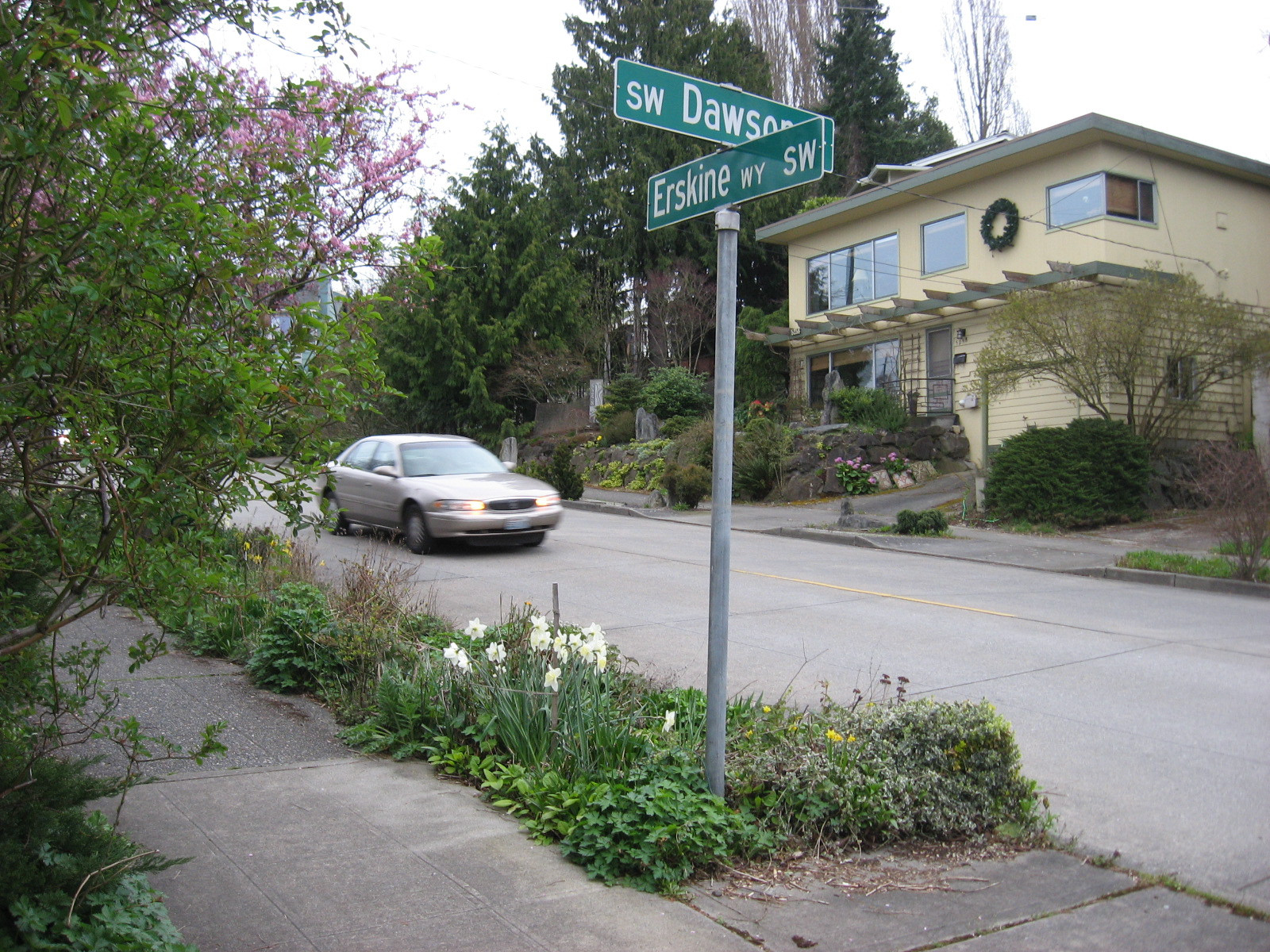Using green streets for stormwater management has become popular in many cities because they allow engineers, planners, and municipal officials to integrate water quality and regulatory compliance with pedestrian access, safety, traffic calming, multimodal transportation, enhanced community livability, urban greening, aesthetic improvements, and better air quality.
The multifaceted benefits of Greet Streets are undeniable, but what are some of the challenges encountered during planning, design and implementation of green streets projects? Each project is unique in scale and scope, but for the most part the process and challenges are the same.
When municipal officials begin the planning process for a prospective green street project, initial screening and data collection should include neighborhood dynamics (i.e. does the community want and support this project, or is there resistance to change?), historical district and other zoning codes, and the city’s or state department of transportation’s road expansion plans. Community support for a Green Street project is crucial, because a single discontent resident can stop a project through city council and municipal review (unfortunately, I speak from experience on this…). Community involvement can also lead to more purposeful designs and integrated projects.
Stormwater control measures (SCMs) that are constructed within the right-of-way are subject to additional safety considerations and implementation constraints compared to SCMs constructed as part of a new residential subdivision with single family homes or a new commercial shopping center with restaurants and shops. Some of the additional safety considerations made by engineers for green streets projects include vehicle driver sight distances, driving lane widths, tripping or falling hazards, ADA compliance, flexible and rigid pavement strength, and EMS and fire access.
In many cases, right-of-way design guidance is provided in existing municipal codes for the safety considerations described above, but these existing codes may have a significant impact on placement and configuration of SCMs. For example, SCMs that include large canopy trees typically cannot be located at intersections because a driver’s stopping and/or turning sight distance may be obstructed by the tree trunk and overhanging limbs. Similarly, lane widths and intersection turning radii are typically designed to provide unimpeded EMS and Fire Access, which means there is a limit to how much a roadway can be narrowed by something like bioretention bump-outs for stormwater control and traffic calming.

Staging and traffic controls for construction of the north side of the green street while keeping the south side open and available to vehicular and pedestrian traffic.
Once a green street project is ready for construction, some of the constraints engineers, municipal officials, and contractors must work through to build the project include working around existing utilities and public infrastructure, constructability and staging, on street parking impacts, and long term maintenance. For many projects, existing infrastructure is the single biggest implementation challenge. The right-of-way is home to all of the utility lines that keep our cities running: electricity, water, sanitary sewer, natural gas, telephone, cable, and fiber optics. Most of these utilities are underground, which creates additional challenges for excavation and the installation of pipes or engineered soils for water quality treatment and growth of vegetation. Damaging existing utilities during construction can be costly and time consuming to repair.
Constructability and staging of equipment and materials becomes very challenging in the space-limited urban right-of-way, where traffic must still be able to pass safely and with relative ease. Contractors will typically use traffic controls and alternative traffic patterns to create a daily or weekly work area that protects personnel onsite and allows vehicles to maintain their use of the roadway. For a recent Green Street project in Fayetteville, North Carolina, a contractor decided to construct the project in phases (Figure 1). For Phase I the north side of the street was closed while crews constructed the innovative SCMs and the south side of the street was left open to traffic. Once the north side is completed, the traffic controls will be moved to the south side of the street and the north side of the street will be open to vehicles. The contractor was able to do this because the roadway was given a “road diet”, taking the right-of-way from three lanes (north bound, east bound and center turn) to just two lanes (north bound and east bound).
The planning and implementation challenges are an inherent part of constructing an innovative Green Street in the municipal right-of-way. Engineers, planners and municipalities are continuing to improve the site selection process through desktop and GIS exercises that can really accelerate Green Street project planning and implementation. The challenges are great, but the solutions are many and the future is bright for increased us of Green Streets for stormwater control and water quality treatment.
Jonathan Page is an Extension Engineer at North Carolina State University where he specializes in water resources engineering and ecological restoration.






Leave Your Comment